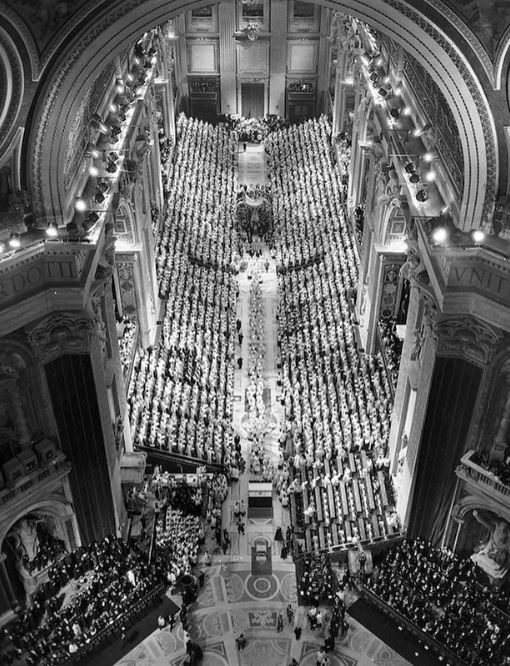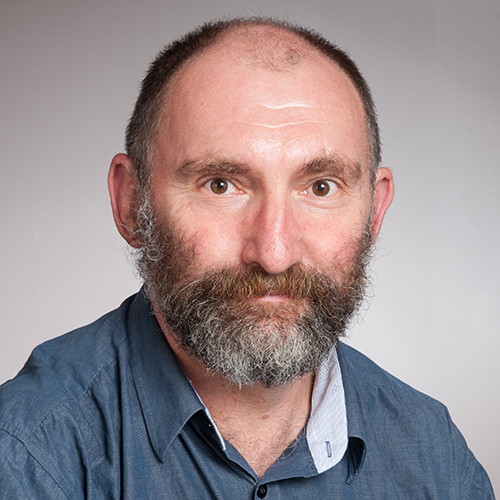COUNCIL AND CHURCH
COUNCIL AND CHURCH
Sixty years ago this month Pope John XXIII opened the Second Vatican Council (the exact day, 11 October, is now the memorial of St John XXIII). Sixty years is a fair proportion of a human lifetime. A number of us will remember the church as it was before the council, but many – perhaps most – do not.

Comprising bishops in communion with Rome from all over the world, the council met in four sessions, concluding in December 1965. Pope John died in June 1963, before the second session; his successor Paul VI continued the council and oversaw its completion. The council issued sixteen documents. Among the most important were those on the Church, on the Liturgy, on Ecumenism, on Religious Freedom, and on the Church in the Modern World.
There were some significant results (some of them we might now take for granted). Mass and sacraments would normally be celebrated in local languages, rather than Latin, and all were encouraged to actively participate. The Church was described as a pilgrim people, the People of God. Other Christian communities, and other faiths, were recognised and valued. Religious freedom, and liberal democracy, were affirmed. And the Church’s mission at the service of humanity was emphasised.
In closing the council, Pope Paul said ‘Never before perhaps, so much as on this occasion, has the Church felt the need to know, to draw near to, to understand, to penetrate, serve and evangelize the society in which she lives.’ Placing the church at the service of humanity continues to demand discernment of the signs of the times.
In the decades since, the council’s meaning and legacy have been discussed, debated, argued about. Paul was clear that the end of the council was only the beginning of renewal. Pope Francis – the first pope ordained priest after the council – has placed the council at the heart of his ministry as bishop of Rome. On 11 October he asked us to be a joyful church, a listening church, to remember that ‘All of us are children of God, all brothers and sisters in the Church, all of us making up the Church, all of us’. He speaks of a church which serves from among the people rather than from above them: ‘The Church did not hold the Council in order to admire herself, but to give herself to others’. The continuing synod process reflects these priorities.
Jim McAloon



